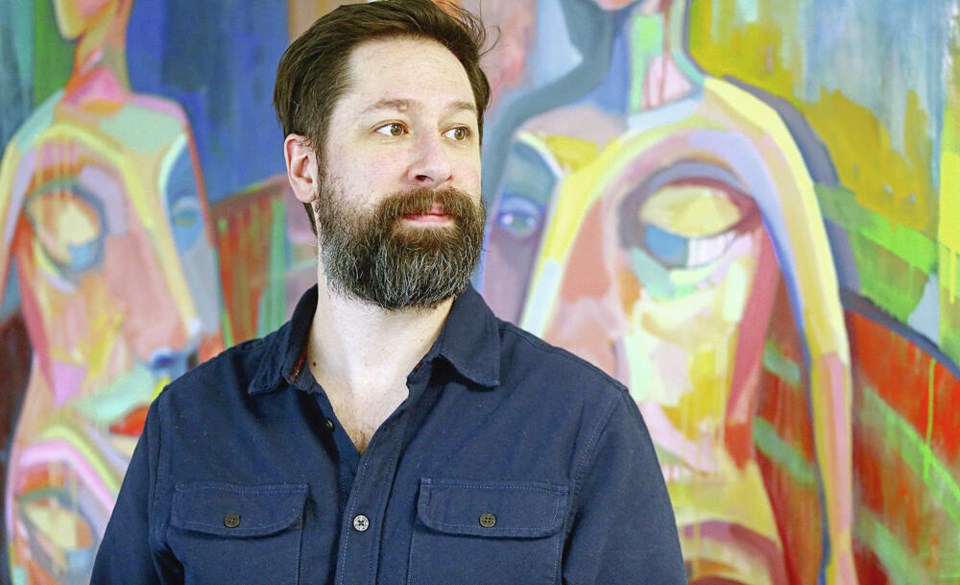Men are taking their first steps to healing by opening up about their unresolved childhood trauma, thanks to an open-door policy and access to community funding at the Men’s Therapy Centre.
While mental-health disorders affect both sexes, men often find it difficult to talk about their challenges and feelings due to society’s standards of masculinity and the stigma of admitting to mental-health issues, says Nick Sandor, executive director of the Men’s Therapy Centre.
“It’s sometimes difficult to get men through the door to talk to them about their mental health,” said Sandor. “We try to engage them by breaking down the stigmas surrounding men seeking support. When men don’t communicate — what they see as emotional resilience to trauma — it sometimes leads to a worsening of underlying conditions.”
The Men’s Therapy Centre, which has an office on Saanich Road near Uptown, was founded in 2003 and exclusively addresses men’s mental health — although they sometimes deal with couples together. A staff of 25 serve approximately 375 clients, with the majority of treatment delivered in one-on-one sessions.
The non-profit agency charges a $130-per-hour counselling services fee, which is usually covered through various levels of government. Those not eligible for government support are charged on a sliding scale, where they pay what they can afford, based on income and individual circumstances.
But there are about 150 clients who are supported by community grants, such as those through the Victoria Foundation.
“They could be newcomers to Canada, recently released from a correctional facility or a person in a shelter,” said Sandor. “The funding allows us to break down the financial barrier to obtaining mental-health services.
“It may not be the long-term solution for someone facing financial and systemic barriers, but at least it is a bridge that gives us the time to find the right pathway for a person who requires help.”
He said funding for mental health is a “complex conversation” and the need is severe.
“We have 75 people on our wait list. What that means is that some people requiring urgent care have to wait months before they can see us,” he said. “I argue that the cost of prevention and intervention of a person with a mental health issue is a fraction of the cost of other institutional services, such as an emergency room visit or police intervention.”
He said mental health has traditionally taken a back seat in the overall health-care model, but should be considered an essential service.
“If you find somebody with poor mental health, you will typically find them in poor physical health — one feeds the other,” he said.
As the stigma around mental health has lessened in recent years, the centre has seen an increase in the numbers of adult survivors of childhood trauma.
Some are simply walking in the door, looking for guidance on how to explore the emotional harm that they experienced when they were younger, but kept bottled up and suppressed for decades, Sandor said.
They’re often sharing their stories for their first time, finally getting an insight into how their past experiences may have affected their lives over the years.
Some who are able to find peace within themselves — and with others — are then comfortable choosing a new path.
“These were people who were suffering in silence for years,” said Sandor. “While we may not have been able to end their suffering, at least we were able to end their silence.”



